Breaking away on my bicycle
Only the rich kids had 3-speeds, and rich we were not – barely lower middle class. We lived in Norfolk, Virginia, on Harold Street, in an 800-square-foot house with a tiny kitchen and living room, a single bath, and two small adjacent bedrooms, whose thin walls made it impossible not to hear my parents’ arguments and the noisy bed springs when they made up.
Sometimes you just needed to break away, get out of the house, race off into your own thoughts. Getting a driver’s license and a car was a way to do it, and every adolescent’s dream.
But before that, every kid wanted a bike. First came a tricycle or two. You hopped on, triked, and maybe tipped over once or twice, like Arte Johnson’s character in that yellow raincoat on “Rowan and Martin’s Laugh-In” (NBC, 1968-73).
Once you got going, you pedaled like crazy and felt you were flying like George Reeves’ Superman – or like the Lone Ranger galloping Silver across the plains. If you had a triker bud, he could be Jimmy Olsen or Tonto.
Finally, you graduated to your first bicycle, with training wheels – and you trained. Kinda like a trike but bigger, and made you feel bigger too. When your dad reckoned you could manage and took off the trainers, you hesitated, hopped on, fell off. You got back on, pedaled a ways, toppled over again. Until you didn’t.
Then you were a free bird. I was only allowed to bike on Harold at first, and to my school, Crossroads Elementary, at the end of the street. Eventually, I would cycle to the mom-and-pop grocery, a block away. That was a huge deal, and required a basket, not just to bring stuff home, but to take stuff too. Soda bottles were re-used in those days, and the store would pay 2¢ for each one I’d scavenge off the roadside – later they’d pay 3¢, a 50% raise!
Next you had to equip your bike (mine was a Huffy) and jazz it up. You needed a bell for sure or one of those horns with the rubber bulb honker. Lights on the front and rear, with electricity from little generators turned by your wheels, and a mirror for safety. Handle-bar streamers gave you the cool you were looking for. I added playing cards, fastened to the rear fork with clothes-pins, to flap against the spokes so you sounded like a motorcycle – wowser!
Once I got a transistor radio – the size of a pack of Lucky Strikes (LSMFT!) – I’d put it in the basket, stick in the earplug and listen to Elvis, Jerry Lee, or Little Richard. Which helped me pedal faster.
One enterprise I dreamed up, my Krispy Kreme doughnut delivery route, required a bigger basket. And it gave me the excuse, as the biz expanded, to bike for blocks and blocks.
I could cycle to Peoples Drugs at Southern Shopping Center and get a Coke at the soda fountain for a nickel – with a squirt of cherry or vanilla for 5¢ more.
That’s where I met the black kid I became buddies with. We once pedaled to Woolworth’s, where the counter waitress hesitatingly agreed to serve him a Coke – but only in a paper cup, not a fancy Coca-Cola glass like the white kids got.
In junior high I and my pals Buzzy Wellons and David Noble (are they still alive?) would save up our allowance (mine started at 25¢/week), lawn mowing money, and my doughnut profits too, until we had each amassed $5, enough to have a blast at Ocean View Amusement Park.
In those days, five bucks would fund a whole day’s fun at Ocean View: the “Skyrocket” roller-coaster, the Ferris wheel and bumper cars, drinks, cotton candy, and hot dogs, pinball and Skee-ball (you’d save your winning coupons for a prize). A biker-kid’s life was so fine.
Later on I’d pedal to Wards Corner, to the record shop where I’d buy rock and roll 45s and to the Suburban Theater for Saturday Kiddie Shows, where a quarter got you in for a serial, cartoons, and a movie – popcorn was another 25¢, unless you could smuggle in a dime-bag from Rose’s 5&10.
The furthest I ever cycled was to Suffolk, about 20 miles. I was running away, after some blow-up with my folks. At nearly two hours out, I thought better of it, biked back home, and slumped on the stoop listening to my parents – maybe discussing whether to call the police – until one of them stepped outside and saw me sitting there in the dark.
Flash far forward and I bought some more powerful bikes: a series of Hondas and, not a Huffy but a Harley. And as a youngish prof I got to be an extra, even meeting Shaun Cassidy, in the ABC TV series, “Breaking Away,” filmed in Athens, Georgia, a spinoff of the 1979 bicycling flick with Dennis Quaid.
But none of that was more thrilling than my first time breaking away, when I was 12 or so and like Lynyrd felt free as a bird.
Rick LaFleur is retired from four decades of teaching Classics at the University of Georgia; his latest books are The Secret Lives of Words, a collection of his widely distributed newspaper columns, and Ubie Fera Sunt, a lively translation into classical Latin of Maurice Sendak’s children’s classic, Where the Wild Things Are. He and wife Alice live part-time in Apalachicola, under the careful watch of their bobtail manx Augustus.

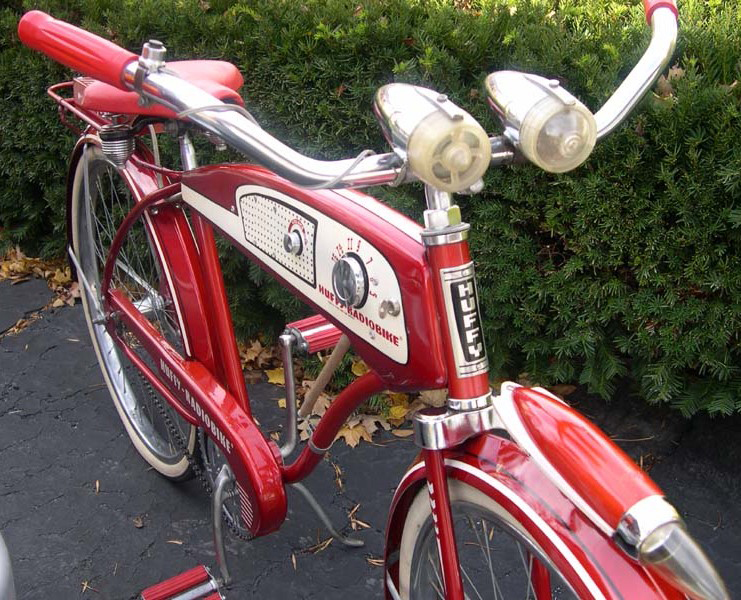
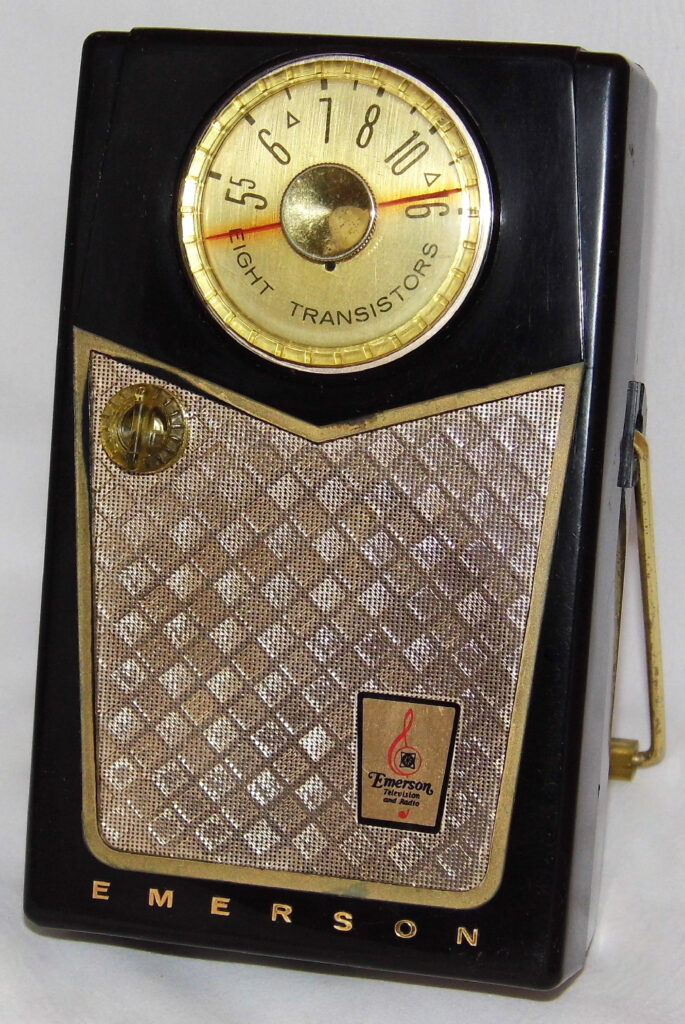
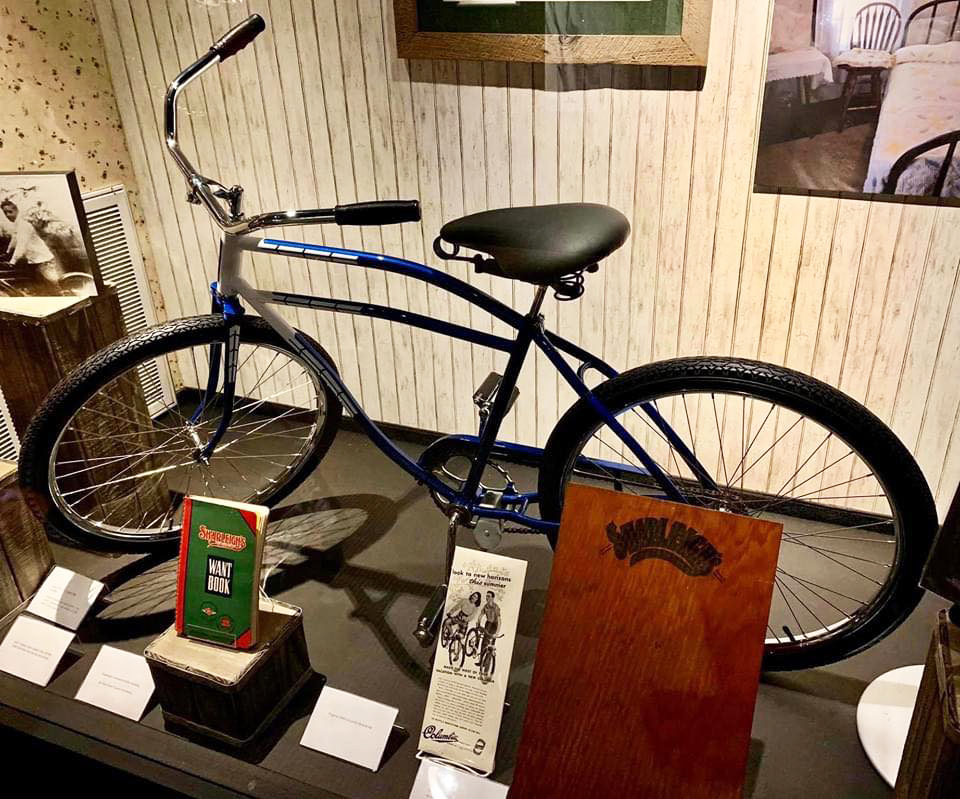
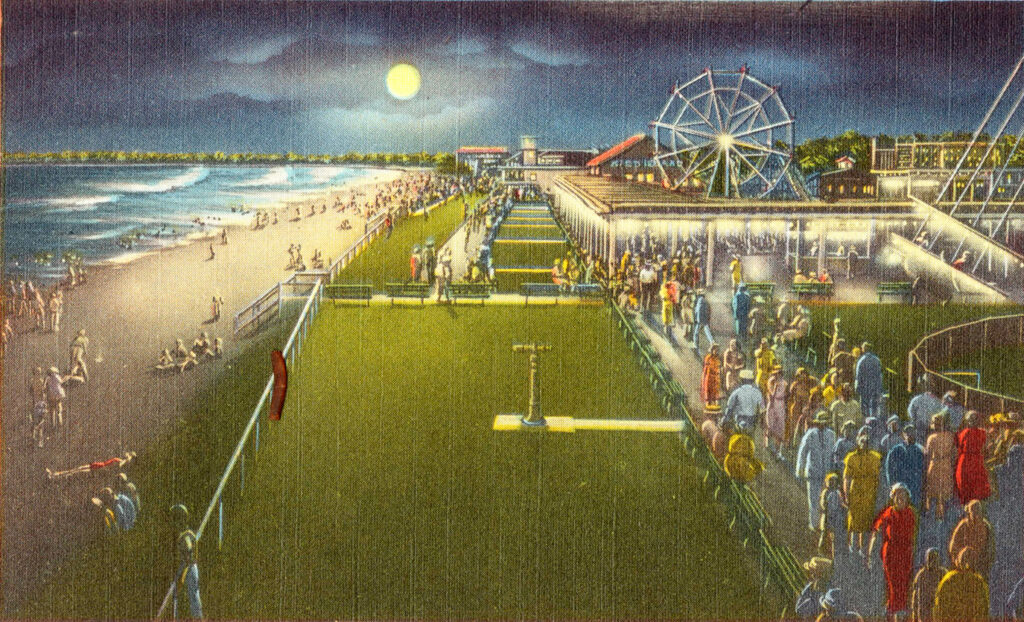

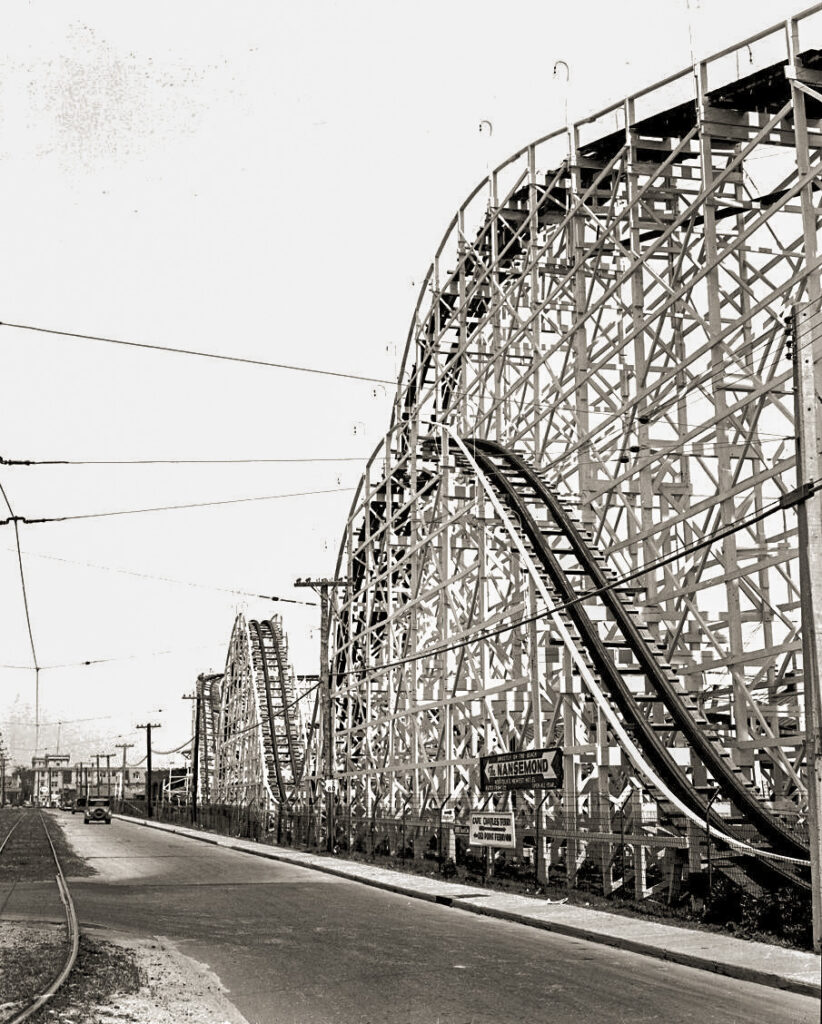
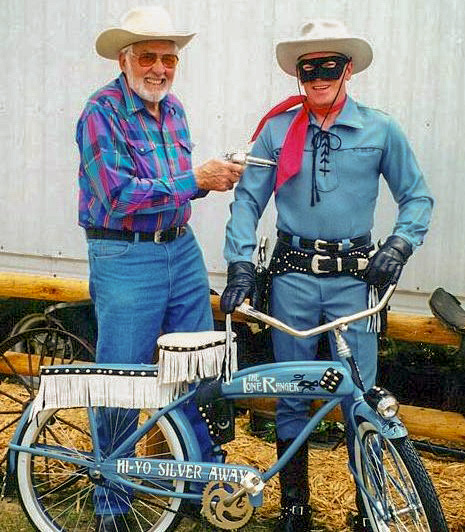


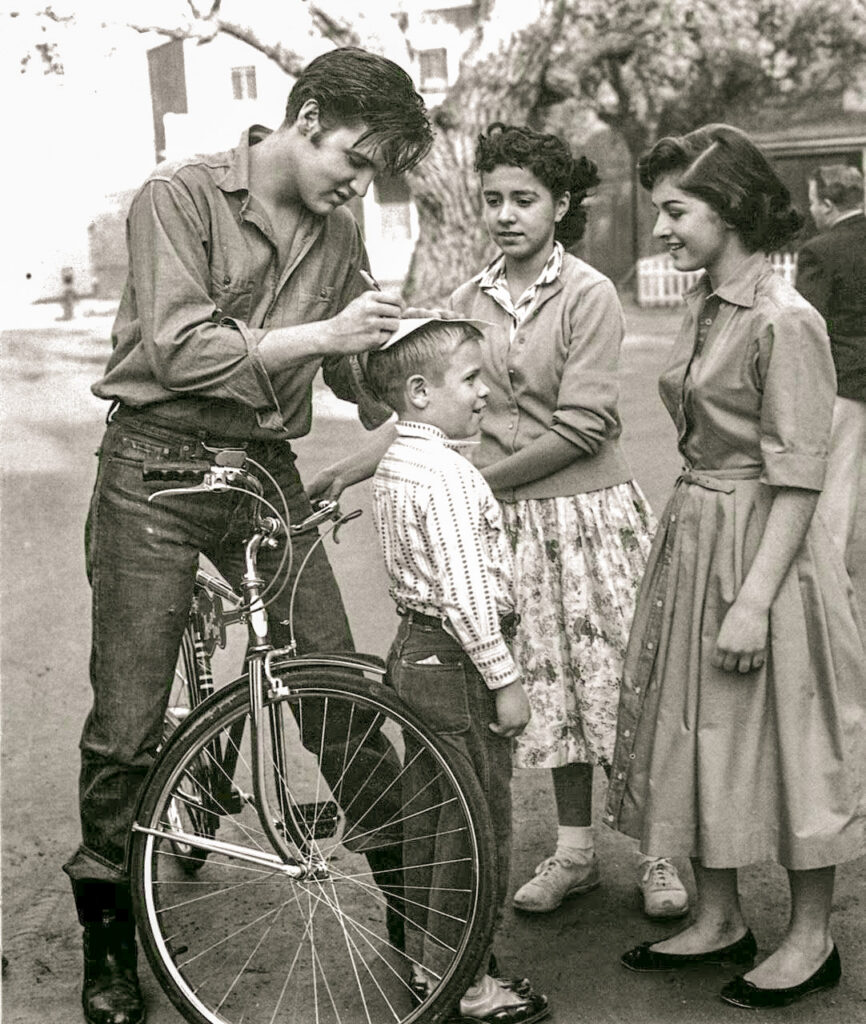
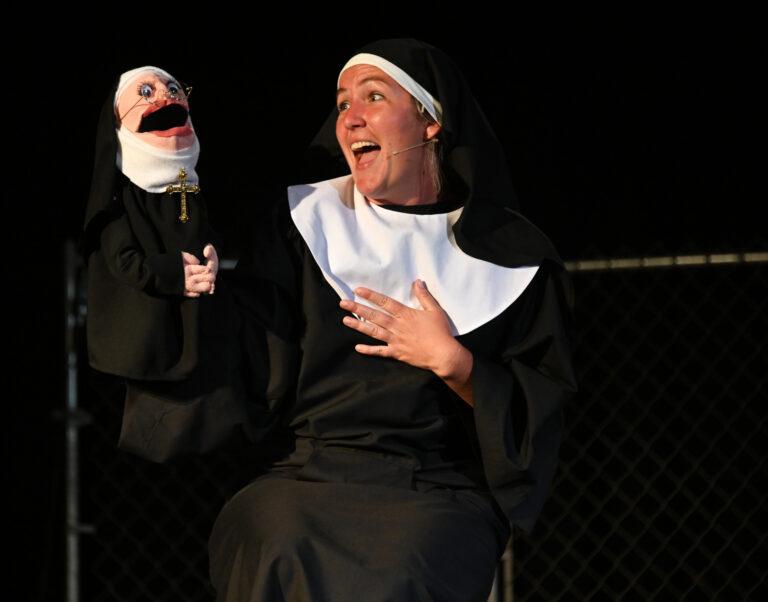
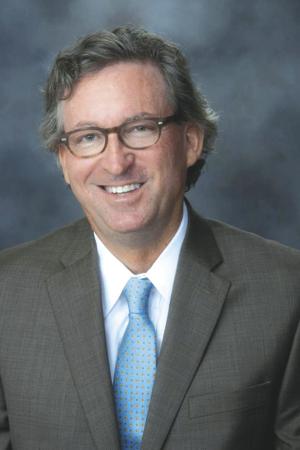
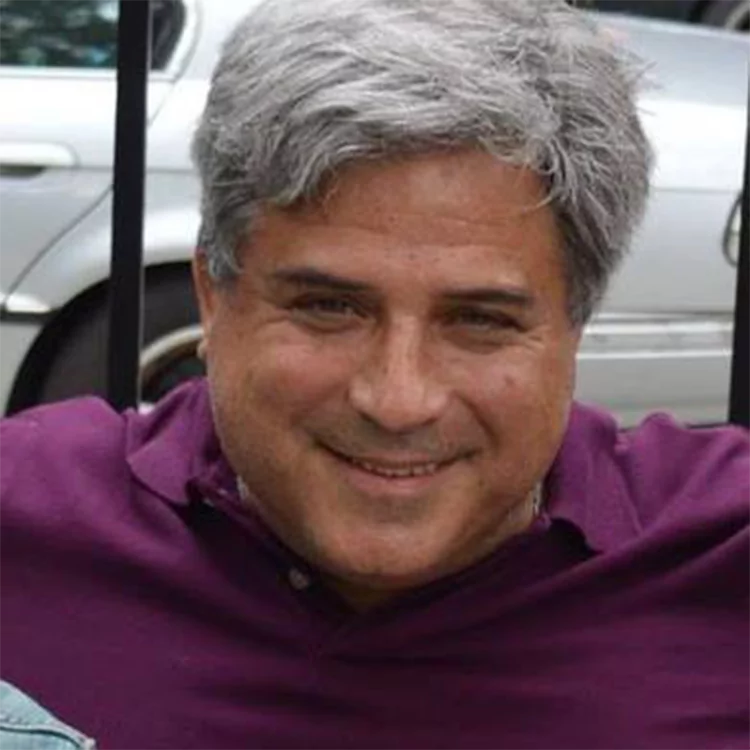
I can relate. I went to high school with this guy. I had a paper route instead of Krispy Kreme sales. He went to Ocean View park, I went to Ocean View Fishing Pier. I collected soda bottles along my paper route. My paper pick up point was at Winston’s Grocery, where we would have pop from our empty bottles while we waited for the paper truck. I loved the Saturday movies also. My dad worked downtown at W T Grant and on Saturday, I would go to the Byrd Theater on City Hall Ave. Then dad would pick me up and have hot dogs at Bacalis How Dogs next door.
So you can see, it was a great life growing up back in the day. I can relate, Rick. As Bob Hope used to say “thanks for the memories”.